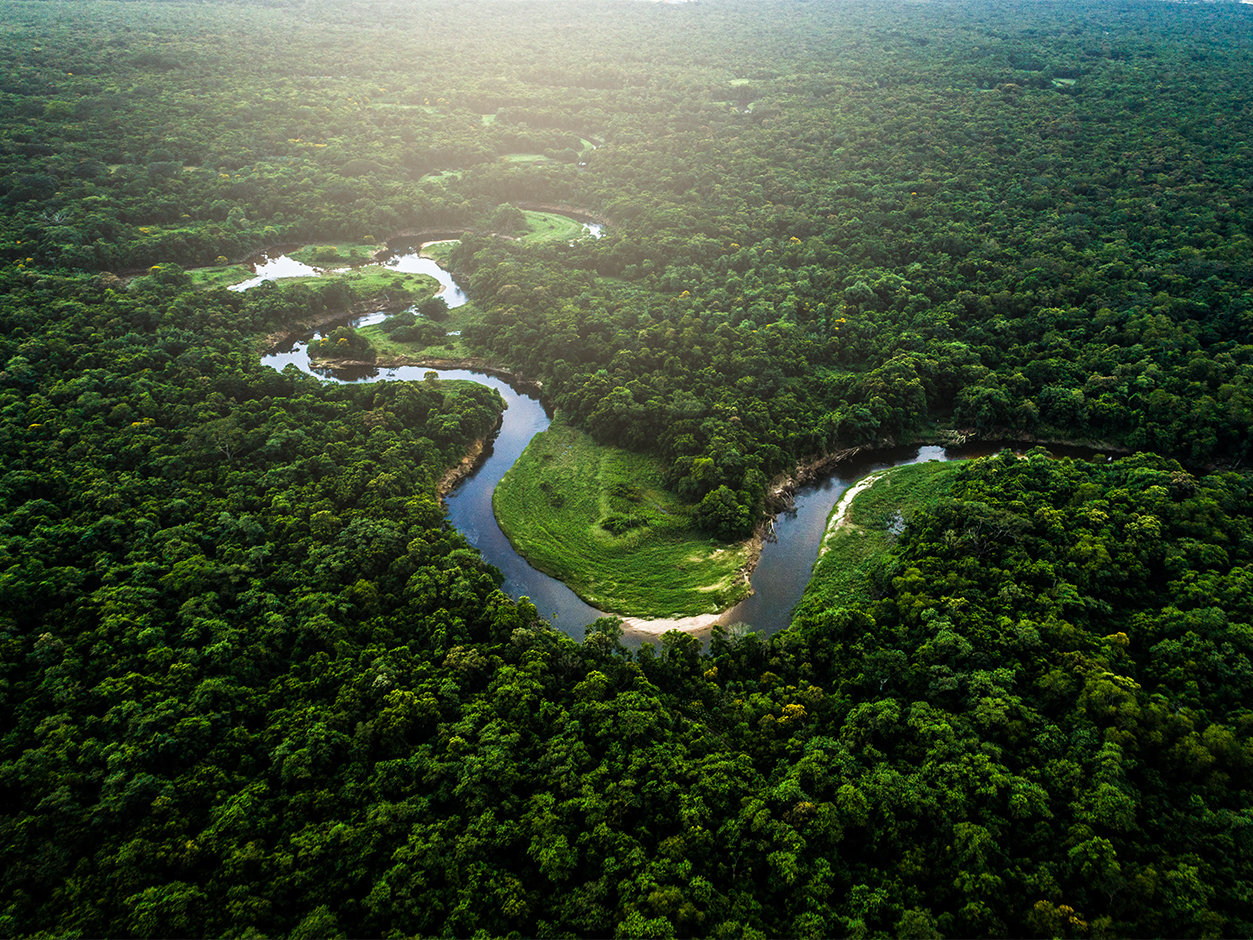Towards an effective global tree restoration strategy
Published on 21/06/2022
In the light of climate change impacts, global tree restoration might appear as a game changer capable of storing atmospheric carbon. However if everyone has the well known image of the Amazon as the lungs of the planet Earth, what about the impacts of forests restoration on the water cycle?
The answer is not as straightforward as it seems, as recently revealed by the breakthrough results published by LIST and the University of Wageningen in Nature Geoscience: Global tree restoration would lead to shifts in regional water availability. Kaniska Mallick, researcher at LIST, explains the consequences of these new insights for tree restoration strategies and water management.
How would global tree restoration change the water cycle?
There is no single conclusion, we reached different conclusions. To understand this, the first thing to keep in mind is that the transpiration process of plants is an integrative part of the water cycle by evaporating water into the atmosphere through the stomata of the leaves. A large part of this same water is recycled back as rain on the land surface. If we look at the Amazon forest for example, a substantial amount of water is coming back in the ecosystem through rain.
We showed that the combined effects of directly enhanced evaporation and indirectly enhanced precipitation create complex patterns of shifting water availability. While tree-cover expansion can increase water availability by up to 6% in some regions, water availability can also decrease by up to 38% in others.
When we analysed over the major river basins of the world, we found divergent impact on large river basins: some rivers could lose 6% of their streamflow due to enhanced evaporation, while for other rivers, the greater evaporation is counterbalanced by more moisture recycling. In a layman’s terms, our results showed that there are both cases where tree restoration is going to increase the water availability through rainfall and cases where the water availability might reduce, even if there is important tree restoration activity.
What are the impacts on forest restoration strategies?
Done in close collaboration with the Wageningen University, this research enabled to identify the areas where tree restoration could give maximum benefit as well as the areas where all the evaporated water is not coming back to the land surface. More specifically, we have found that some so-called “hot spots” for forest restoration could lose water, including in regions that are already facing water scarcity today. As such, these results give the means to forests stakeholders but also water policy makers to adapt their strategies depending on the area and therefore ensure the current mitigation of global change effects.
What is the methodology behind these results?
We achieved such results by first computing and averaging the data of five available evaporation models based on global annual rainfall, weather and other variables datasets. These are very simple and available models developed around the 60s that have a slightly different functional form. But the innovativeness of this work, mostly conducted by our outstanding PhD candidate named Anne J. Hoeck van Dijke, lies in the integration of this global computed evaporation into a moisture recycling model. It gave us these unprecedented global tree restoration datasets and their hydrological consequences which are of major importance for not only forests management but also global water policy research.
LIST Team
- Anne J. Hoeck van Dijke
- Kaniska Mallick
- Martin Schlerf
- Miriam Machwitz







